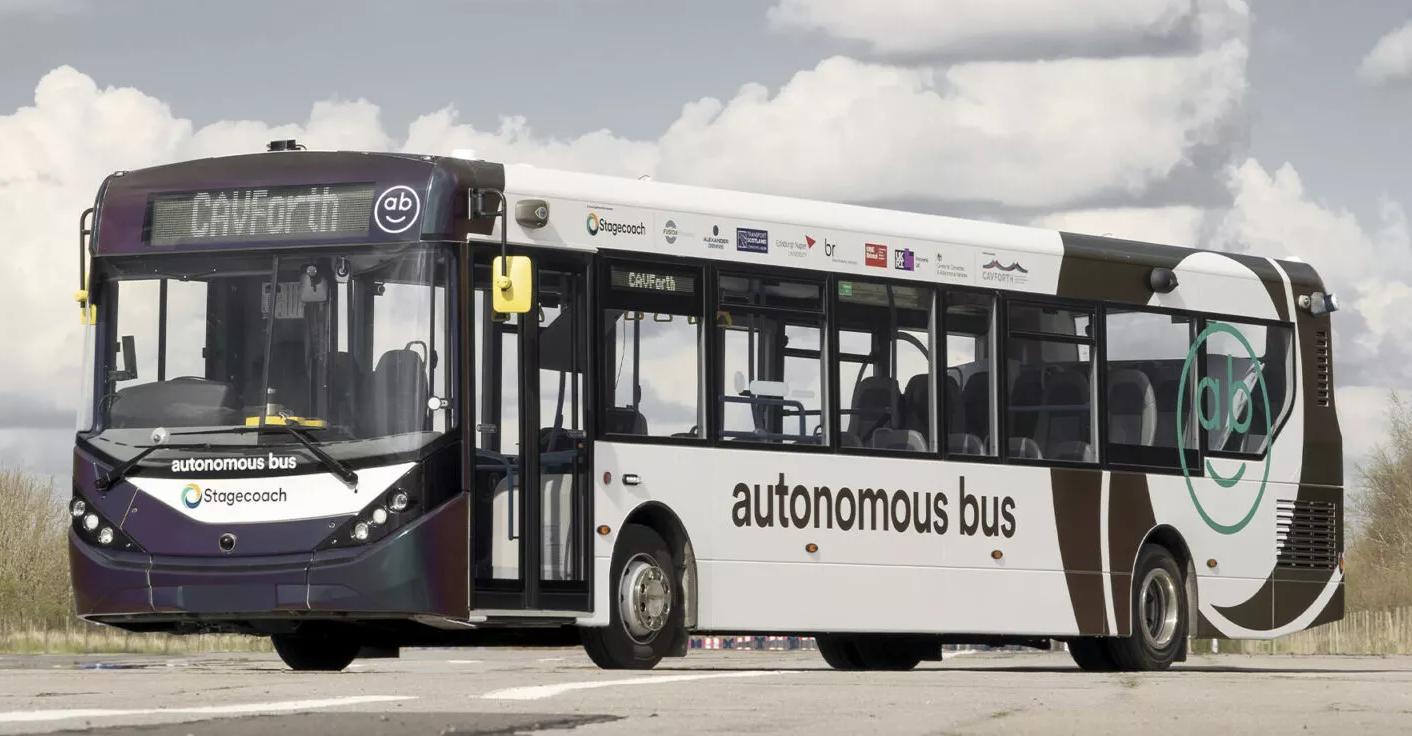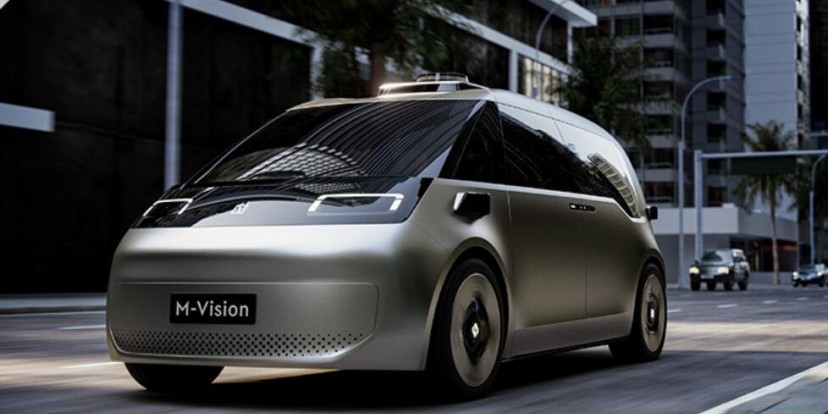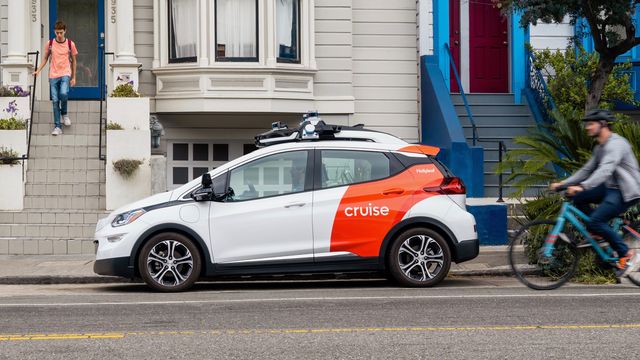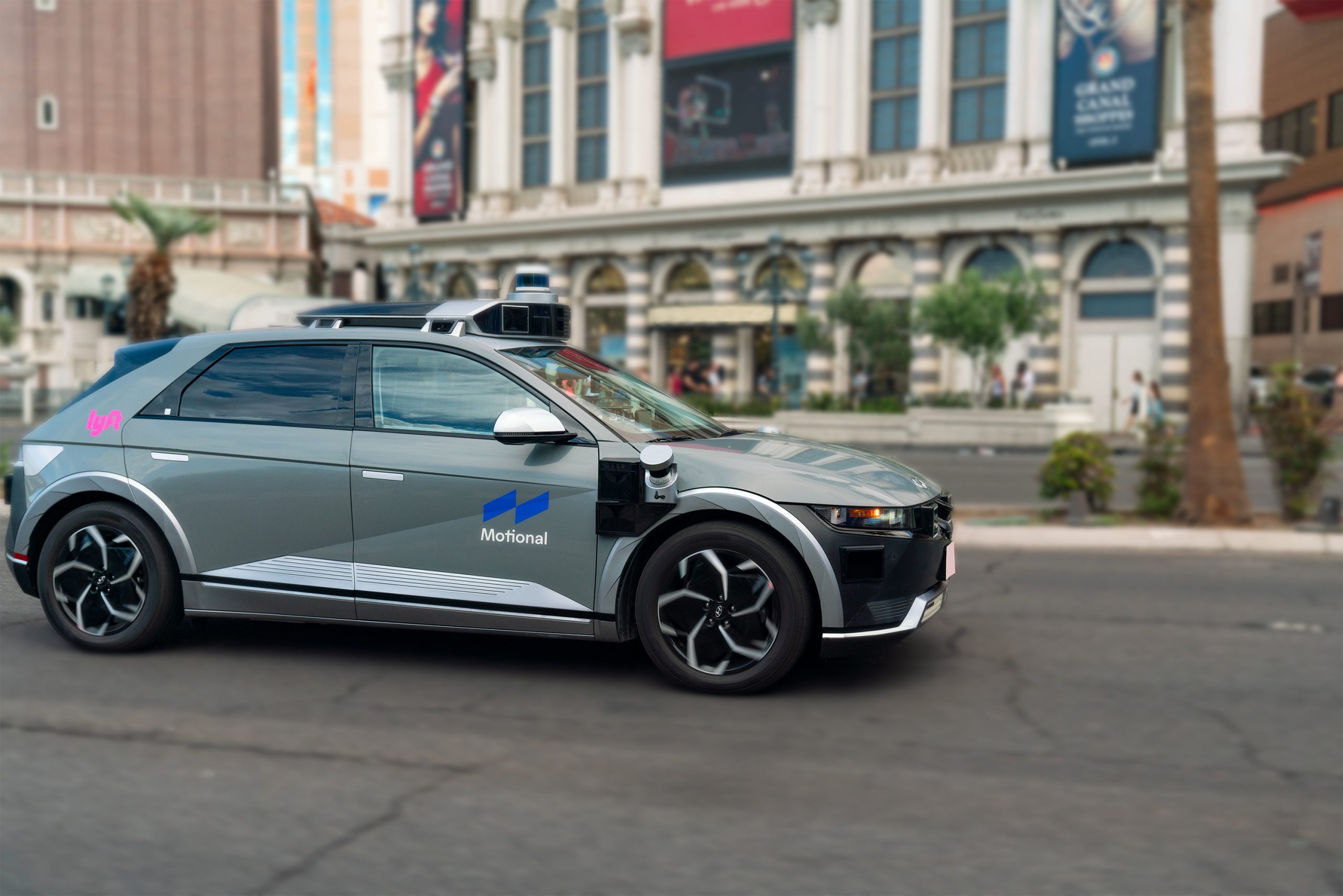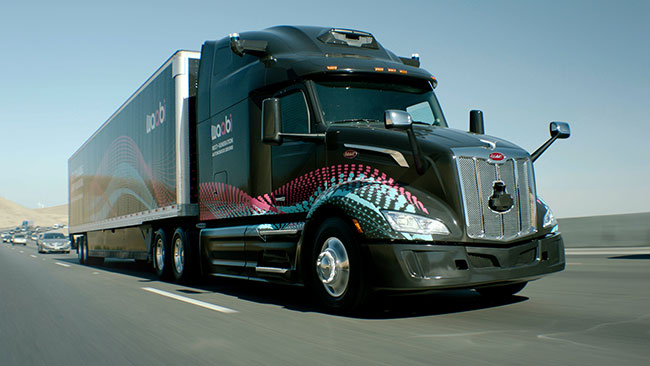Autonomous cars often have problems with bad weather, but Waymo has a solution to overcome this limitation. This is done by using its autonomous taxi as a weather gauge.
The Google subsidiary company has revealed that its latest car sensor array creates real-time weather maps to improve ride-hailing services in Phoenix and San Francisco. The vehicle measures raindrops on windows to detect the intensity of conditions such as fog or rain.
Reporting from Engadget (15/11), this technology gives Waymo a much finer view of conditions than that obtained from airport weather stations, radar and satellites. It can track coastal fog as it rolls inland, or drizzle that radar usually misses. While not as essential in a dry place as Phoenix, it can be very useful in San Francisco and other cities where the weather can vary widely between environments.
There are a number of practical advantages to collecting this data. Waymo uses this info to improve its Driver AI capabilities in dealing with bad weather, including more realistic simulations.
The company also believes it can better understand the limitations of its cars and set higher requirements for the new autonomous systems. The technology also helps Waymo One better serve passengers at certain times and places, and provide Waymo Via truck customers with more accurate delivery updates.
The current weather map has limitations. This might help in a warm city like San Francisco, where condensation and standing water are usually the biggest problems. But the map won’t be useful for navigating snowy climates where simply seeing the path can be a challenge.
Weather detection can still make Waymo’s self-driving service more practical. Currently, companies like Waymo and Cruise are not allowed to operate in heavy rain or fog using their California permits. Weather monitoring can help the autonomous taxi company serve customers looking for a comfortable ride.


